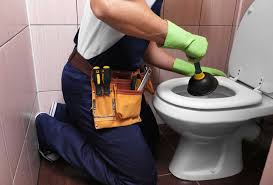A plunger is one of the most essential tools in any household. Whether you’re dealing with a clogged sink, toilet, or bathtub, this simple yet effective tool can save you from costly plumbing repairs. In this comprehensive guide, we’ll explore everything you need to know about using a plunger, from choosing the right type to mastering the technique.First, let’s understand the different types of plungers available:
- Cup Plunger: Ideal for sinks and bathtubs, this plunger has a flat rubber cup that creates a seal on flat surfaces.
- Flange Plunger: Designed for toilets, this plunger has an extended rubber flap that fits into the toilet drain.
- Accordion Plunger: A less common type, it uses a hard plastic cup and is effective for stubborn clogs.
Now that you know the types, here’s how to use a plunger effectively:
- Create a seal by placing the plunger over the drain. Ensure no air escapes.
- Push down gently to expel air, then pull up sharply to create suction.
- Repeat this motion several times until the clog is dislodged.
Maintaining your plunger is equally important. Follow these tips to keep it in top condition:
- Rinse the plunger with hot water after each use to remove debris.
- Store it in a dry place to prevent mold and mildew growth.
- Replace the plunger if the rubber becomes cracked or stiff.
In conclusion, a plunger is a must-have tool for every home. By understanding its types, mastering the technique, and maintaining it properly, you can tackle clogs with confidence. Remember, a little knowledge and the right tool can go a long way in keeping your plumbing in perfect shape.

